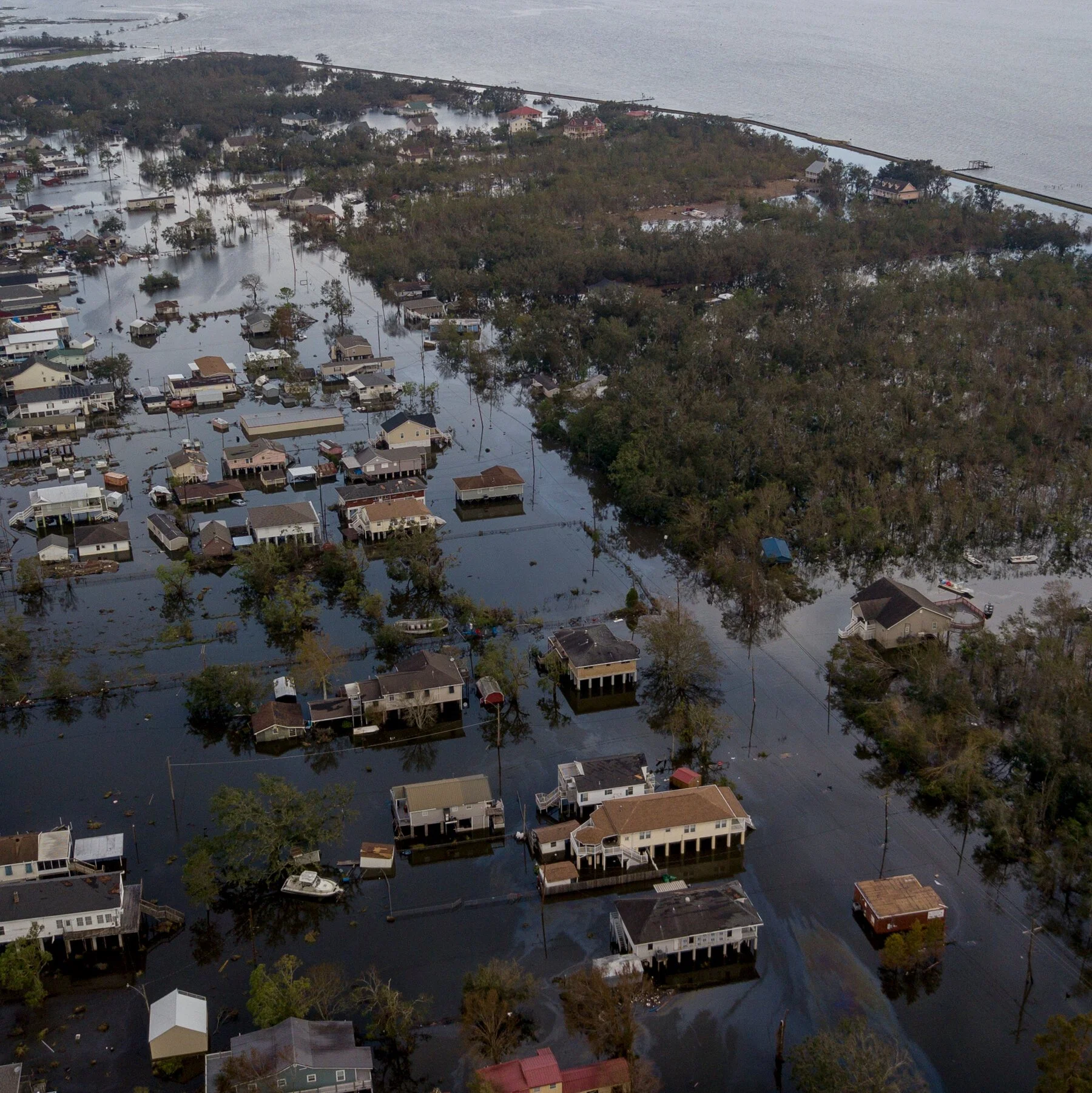Biden’s Infrastructure Bill and Climate Change: A Step in the Right Direction or Too Little Too Late?
Earlier this year, Hurricane Ida demonstrated the destructive power of climate change in Louisiana. Source: NYT
On Monday, November 15th, President Biden signed a $1 trillion bipartisan infrastructure bill into law, one of his administration’s most significant actions so far. The bill is set to grant billions of dollars to states across the US, creating jobs through building infrastructure, which includes restoring crumbling roads and bridges, expanding broadband internet access, and more. Perhaps even more significantly, the bill is one of the first major US laws passed to acknowledge and attempt to address the devastating impacts of climate change, doing so by promising to build “resilient infrastructure.”
Indeed, the White House describes the bill’s measure as “the largest investment in the resilience of physical and natural systems in American history.” It plans to do so by granting about $50 billion to efforts that address extreme weather created by climate change, through initiatives that prepare for increased damages from natural disasters and protect vulnerable communities. This aspect of the bill is not only historic and groundbreaking in its attempts to address the impacts of climate change, but also in its bipartisan support. Many Republicans, members of the party which has previously denied the existence of man-made climate change, were heavily involved in formulating these provisions. Overall, the resiliency measures mark a clear step by the federal government to acknowledge and address climate change impacts in law, and the measure’s bipartisan support possibly demonstrates a future united platform from both parties.
However, some critics of Biden’s infrastructure plan argue it doesn’t go far enough in addressing climate change. The National Climate’s Assessment in 2018 estimated that adaptation costs would range from “tens to hundreds of billions of dollars per year,” but would “save several times that over the long run.” With the funding set to go out over a five-year period, it is nowhere close to the estimates favored by environmental experts. Moreover, federal and global inaction on climate change, seen especially after the lack of significant action made in the recent COP26 climate talks in Glasgow, will only increase the extraordinary damages caused by climate change. While there are aspects of the bill that work to cut back on emissions by developing clean energy programs, it does not plan to reduce emissions anywhere near to what is needed. A larger, $555 billion spending bill intended to cut emissions remains trapped in Congress.
With that being said, the resilient infrastructure the bill provides does show action by the federal government to address climate change, something that has been largely lacking throughout the 21st century. But it is arguably less than the bare-minimum. Climate resilience makes up just about five percent of the bill, and with climate change worsening and government inaction on addressing it forming into a continual trend, it is very likely the money truly needed will not come. Furthermore, while addressing the impacts of climate change is important, preventing it from worsening is arguably even more significant, and the bill comes nowhere close to what is needed to achieve this goal. Without further funding or action towards addressing the climate crisis, the bill’s inclusion of resilient infrastructure seems much more of a placation to climate activists than a sign that government action will continue.

